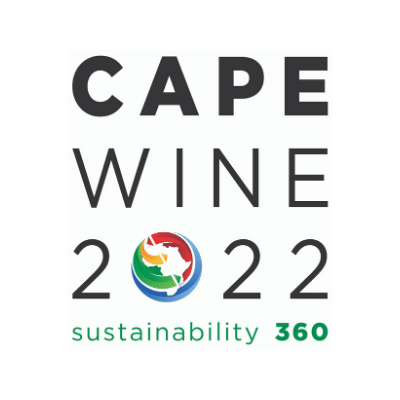Swipe right – what must SA wine do to get the world to love it?
By Christian Eedes, 5 September 2022

6
 The theme for this year’s Cape Wine, the flagship business showcase of the South African wine industry presented by generic export body Wines of South Africa (WOSA) in October, is “Sustainability 360”, the three pillars of focus being “People, Place and Prosperity”, the idea being to demonstrate to delegates how a “brighter and better future” is being created for “those who are directly involved and invested in South African wine, surrounding communities, the fauna and flora that envelops it and the longer-term growth and upliftment of the industry”.
The theme for this year’s Cape Wine, the flagship business showcase of the South African wine industry presented by generic export body Wines of South Africa (WOSA) in October, is “Sustainability 360”, the three pillars of focus being “People, Place and Prosperity”, the idea being to demonstrate to delegates how a “brighter and better future” is being created for “those who are directly involved and invested in South African wine, surrounding communities, the fauna and flora that envelops it and the longer-term growth and upliftment of the industry”.
All very worthy but the industry’s major challenge is surely that it is still not regarded as a major player in the world of fine wine. In 2021, 51% of wine sales by volume were exports, and of that, some 60% was bulk. However, those bulk exports only accounted for about 25% of value.
When it comes to packaged wine, the country is still identified with its large brands which sell in the affordable rather in the deluxe price segments – easy-drinking Kumala as owned by Accolade Wines South Africa, for instance, remains massively powerful in the United Kingdom, which is the country’s most important export market.
South Africa’s immediate challenge is to persuade sophisticated consumers that its top wines are worth the kind of money that many are willing to shell out for French or Italian appellations.
To a large extent, the market is taking care of the problem of unbranded wine at the lower end of business. As has been noted many times, the national vineyard peaked at 102 146ha in 2006 and has declined every year since then – total plantings at the end of 2021 were 90 512ha.
When it comes to packaged wine, it’s difficult to see were SA’s next mega-brands are going to come from – the acquisition of producer-wholesaler Distell by Heineken still needs bedding down while DGB and KWV don’t look geared to produce a Yellow Tail (Australia) or Blossom Hill (USA) just yet.
It would seem that SA’s wine’s only hope is to convince the world of its fine wine credentials. What determines fine wine? Essentially, it’s two-pronged – terroir and the cult of winemaker personality. It can be debated what’s more important – site or charismatic creator – but after a point, it’s irrelevant as both are needed to capture the imagination of the highly involved wine consumer.
Readers of this website might be forgiven for thinking that the credentials of small-scale, independent wineries now go without saying. I suspect, however, that Alheit, Sadie and even Kanonkop are far less well known in Paris, Sydney or New York than some local stakeholders might presume.
When it comes to SA wine, small is beautiful. The country DOES have both the richness of terroir and winemaking personnel to win over the world – 224 of the 536 wineries in operation at the end of 2021 crushed 100 tons or less per year so that’s pretty much how the industry is structured in any event. A lot of these producers cannot supply supermarkets because they don’t have the necessary volumes, but equally do not want to, because they don’t have the inclination to get involved in the grubby world of promotion and discount.
It could be argued that if these small wineries were prepared to invest not just financially, but emotionally, in the local market then they would have no need to export – cellar door and direct sales through databases offer the highest margins and most control. It does seem, though, that small wineries like travelling to export markets regardless of the ultimate profitability – as a producer, checking on your listing at Copenhagen’s best restaurant probably makes 2am punch-downs less intolerable.
When everything is taken to consideration, specialty stores, wine bars and wine-committed restaurants remain the primary channels to reach the right consumer. The internet killed specialty music stores and the internet seems to be killing cinemas but when it comes to wine, consumers still seek information, variety and even, dare I say, the sort of communion that only face-to-face interaction can provide. Sustainability, whether it be social, environmental, or economic, is obviously vitally important but we must be relevant and attractive to the world in the first place.






Comments
6 comment(s)
Please read our Comments Policy here.